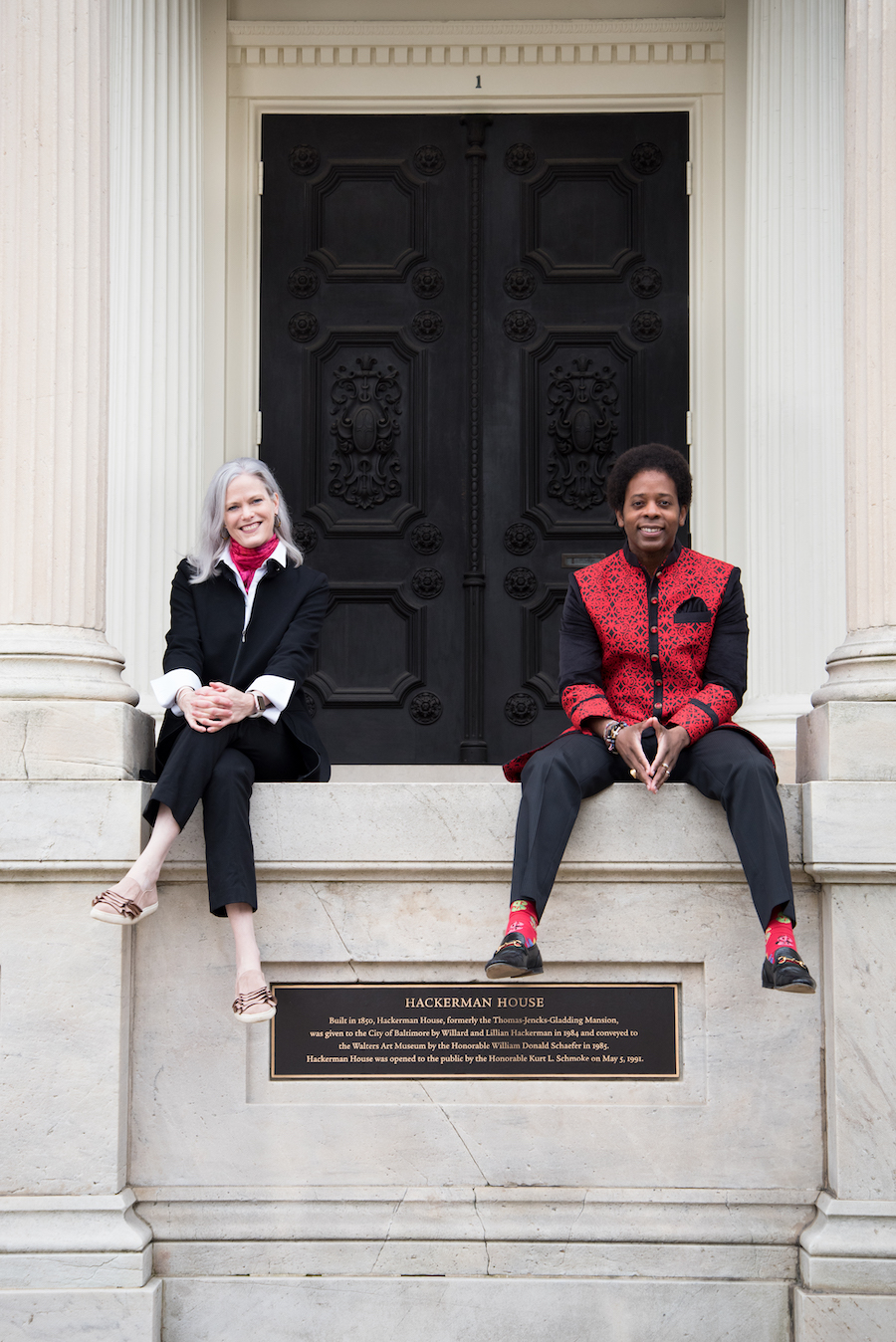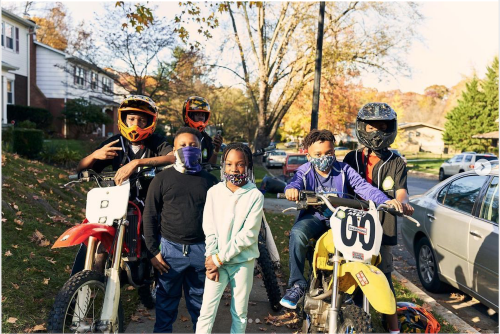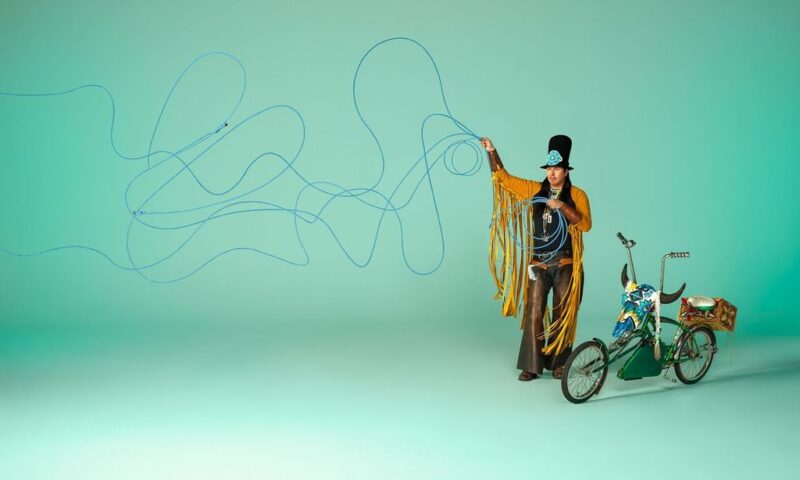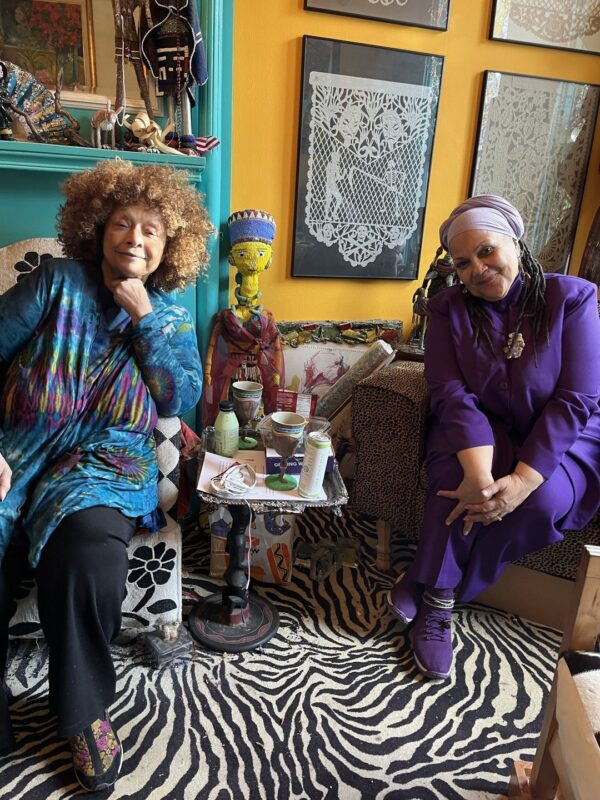Editor’s Note: This interview with Julia Marciari-Alexander, the Andrea B. and John H. Laporte Director of the Walters Art Museum, and Guy Flynn, Board Chair President, was conducted in October 2020 for BmoreArt’s tenth print journal, centered around the theme of power. The discussion takes on greater relevance with the museum’s March 15 announcement of a new series of initiatives that activate many of the goals expressed, including greater transparency around the Walters founders’ support of the Confederacy, as well as a roadmap of new steps to ingrain diversity, equity, accessibility, and inclusion (DEAI) principles into the organization’s practices to address harm and to build a more equitable future.
The Walters is not unique, in that most existing museums were built upon principles of colonialism, extraction, and white supremacy. Currently, a number of museums are attempting to rectify centuries of wrongs in order to better serve diverse and growing audiences in preserving a collective culture and sharing a more inclusive, accurate, and authentic version of history.
Although the push for change has been years in the making, it appeared to gain more momentum in 2020. Many museums have felt increased pressure to change from their own employees, whose widely circulated social media posts have revealed the low wages, mistreatment, racism, sexism, among other trenchant issues workers face. Since September 2020, an anonymous group of Walters employees, under the username @ABetterWAM, has been using Instagram to highlight issues at the museum, advocating for pay increases, reckoning with the museum founders’ support of the Confederacy, and improving transparency and communication across the museum, among other ongoing concerns.
For the Walters Art Museum, it is an important step to acknowledge the gaping omissions in the museum’s own story around William Walters and his son, Henry Walters, and “their support for the Confederacy, and the ways in which they profited from racist labor policies and practices before and after the Civil War,” as well as their accumulation of great wealth through banking, railroads, and rye whiskey.
In public-facing text, both on the museum’s website and on the gallery walls, the Walters explores the complicated legacy of the founders, whose gift to Baltimore City established the museum in 1934 as an institution “for the benefit of the public,” but whose collecting practices and curation were steeped in white supremacy and secessionist politics.
According to a press release, the revised text about the museum’s history identifies the “‘biased and Eurocentric view of what does, and does not, represent human artistic achievement’ that necessarily informed the Walters’ collecting—as well as subsequent generations of museum professionals and collectors.” The fourth-floor installation, From Rye to Raphael, which told the collectors’ stories through their collected objects, has been retitled Building the Collection: 19th-century European and American Art. “The installation includes updated information about William and Henry Walters and new labels about how the historic collection reflects beliefs about what was considered to be culturally valuable and meaningful art. Also, the installation highlights works of art that reflect current strategies to augment the collection through acquisitions, expanding our understanding of the existing collections and adding new artistic voices to the collection, most especially those of artists of color.”
“As historians, the process we have embarked on is to research and share the facts we have about our founders and our institution accurately and openly,” said Marciari-Alexander. “This museum was given to the city of Baltimore in 1931, and this is fundamentally a story of Baltimore’s history—and one we hope can lead to more inclusive dialogue going forward.”
In conjunction with new interpretations of its history, the museum announced new DEAI goals, part of a larger process of an “institutional transformation” that embraces anti-racist work and principles, and included an increase in the minimum wage for all full-time hourly workers to $15 per hour in January 2021. The new DEAI plan addresses five separate areas of the museum’s activities, which include action items varying from a new statewide vision for educational programs, working with strategic partners in the region around workforce development, new compensation plans for pay equity, and ongoing analysis through data, metrics, and results for accountability purposes.
It is within this new announcement and context that we present online the article based on our 2020 conversation with museum director Julia Marciari-Alexander and board president Guy Flynn, originally published in print in December 2020.









